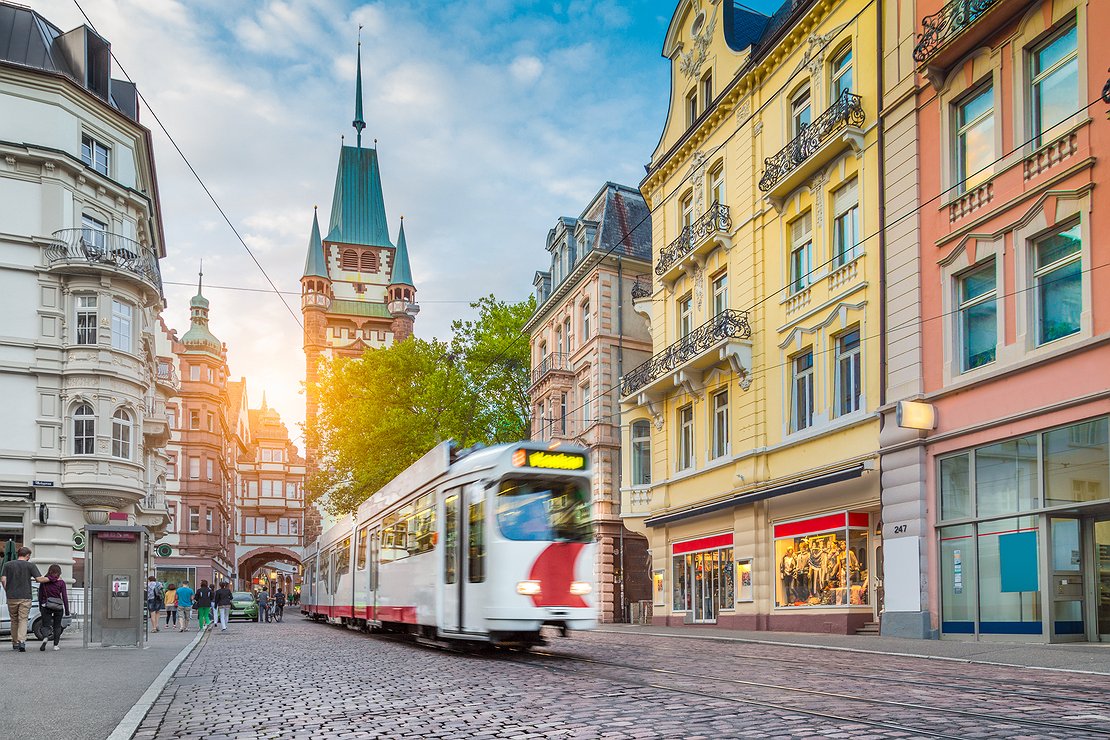
Crime statistics and their interpretation:Media Cheers Versus Reality
“Germany is safer than it’s ever been in the past 25 years,” the media chorus chimed enthusiastically when Interior Minister Horst Seehofer presented the Police Crime Statistics (PCS) at the beginning of May, at the same time complaining that the slow-witted citizens mysteriously had the opposite impression. Crimes committed by foreigners are also said to have decreased significantly, by more than 20 percent even in the number of non-German suspects. However, they regularly forget to mention that the lion’s share of this supposedly sensational decline is due to so-called ‘violations of laws pertaining to foreigners’ rights,’ i.e. to offenses that, since Merkel’s opening of the border, no-one has been prosecuted or punished for anyway. If these are ignored, the decline suddenly shrinks from an opulent 22.8 to a modest 2.7 percent, a rate that has more to do with incomplete data gathering than with a real decline.
Firstly, the PCS have substantial deficiencies, as Leipzig District Court President Michael Wolting told the ‘Leipziger Volkszeitung’ newspaper, since a large number of cases from the previous year have not yet been dealt with. And secondly, citizens’ reporting behaviour has changed. “He (Wolting) assumes that a multitude of crimes – for example shoplifting – are not reported at all. On the one hand, saleswomen would increasingly refrain from apprehending perpetrators for fear of violence. On the other hand, they wouldn’t press charges against persons unknown, because they led nowhere anyway.” The lawyer’s conclusion is correspondingly gloomy: “Public security is worse than ever before.”
But even if the published figures are accepted as correct, the fact remains – which of course is not mentioned anywhere – that the number of non-German suspects has increased from 492,610 in 2014 to 599,357 in 2017 by a whopping 21.7 percent. Against this background it becomes clear that we are dealing with two contrary developments: firstly, a demographically-related decline in the number of indigenous criminals and, secondly, an increase in alien crime, additionally caused by mass immigration from countries that barely touched by enlightenment. The proportion of suspects who are non-German is now a whopping 30.4 percent (excluding laws pertaining to foreigners’ rights), which is significantly higher than the proportion of foreigners in the total population.
The 4.1 percent decline in immigrant suspects, also reported in the PCS 2017, seems at first glance to contradict this assertion. However, also in this case it’s worth taking a closer look at the 2017 state of affairs published by the Federal Criminal Police Office, titled ‘Crime in the context of immigration,’ which appeared at the same time as the PCS (and was discreetly concealed by the media) and reveals little in the way of good news.
Although the number of immigrant suspects actually fell from 174,428 to 167,268 and thus marginally from 8.6 percent to 8.5 percent of all suspects, the proportion of solved crimes rose from 9.2 percent to 9.3 percent. This, too, would be statistically negligible if it were not for the dramatic long-term development, from 115,011 crimes in 2014 to 289,753 in 2017, an increase of 174,742 crimes (252 percent), which is clearly attributable to the presumed illegal opening of the border by the Merkel government!
But even the comparison with the previous year offers little cause for euphoria, because the only relevant decline concerns the crime category ‘theft’ (mainly shoplifting, see above), while violent crime increased, in part significantly. This applies in particular to ‘crimes against life’ from 385 to 447 (plus 16.1 percent), ‘crimes against sexual self-determination’ from 3,404 to 5,258 (plus 54.5 percent with the caveat that the definition of the offense has been expanded and so direct comparison is difficult) and ‘brutal crime’ (mainly bodily injury) from 69,035 to 71,000 (plus 2.8 percent). Also illuminating in this context are the numbers of crimes committed by immigrants as a share of the total: 15 percent for crimes against life, 11.9 percent for sexual offenses and 10.3 percent for brutality offenses. Considering the population share of just under two percent, this is a rather strange way for the clientele involved to say ‘thank-you’ for protection, free board and lodging, as well as comparatively generous cash benefits.
This fits with the fact that in 2017 39,096 German victims of immigrant crime were registered, a new record, 23.7 percent more than in the previous year (31,597). In the opposite constellation (German suspects, immigrant victims) 6,832 cases were recorded. This is equivalent to a ratio of 5.7 to one.
This, too, requires some verbal appreciation: In a Germany that hasn’t been as safe since 1992, almost 40,000 indigenous people became victims of crimes committed by supposed ‘refugees’ in 2017, almost six times more than in the opposite constellation. The enmity that some of the ‘wards’ express toward the natives thus seems to exceed the reputed xenophobia of the local population many times over. Strangely enough, the media (for example in the propagandistic crime TV movie series called ‘Tatort’) present this exactly the opposite way around. The fact that no one is forced to consume such concoction (yet) is only a small consolation, because this ideology-driven filth is financed with compulsory TV fees squeezed from the citizen.
The only conclusion possible is the depressing realization that Germany is well (or rather badly) on the way to turning Jean Raspail’s dark visions (‘The Camp of Saints’) straight into reality.
Translated from eigentümlich frei, where the original article was published on 22nd May 2018.




